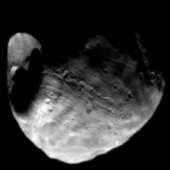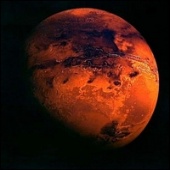ESA Science & Technology - News Archive
News archive
News archive
Published: 14 June 2001
Published: 14 June 2001
Published: 11 June 2001
Published: 7 June 2001
Published: 6 June 2001
An extensive, multi-wavelength study with the Hubble Space Telescope has shown the many faces of the galaxy NGC 1512. Hubble's unique vantage point high above the atmosphere allows scientists to see objects over a broad range of wavelengths from the ultraviolet to the infrared.
Published: 31 May 2001
Published: 28 May 2001
Published: 23 May 2001
Published: 23 May 2001
Published: 22 May 2001
Published: 22 May 2001
Published: 21 May 2001
Published: 18 May 2001
Published: 16 May 2001
Published: 15 May 2001
Published: 14 May 2001
Published: 8 May 2001
Published: 7 May 2001
Published: 30 April 2001
Published: 27 April 2001
—
20 Items per Page


















